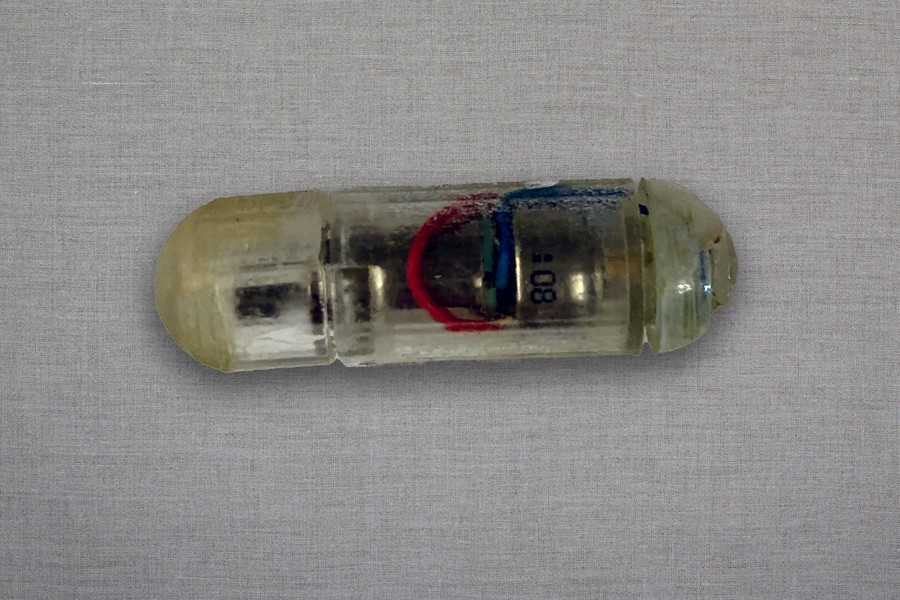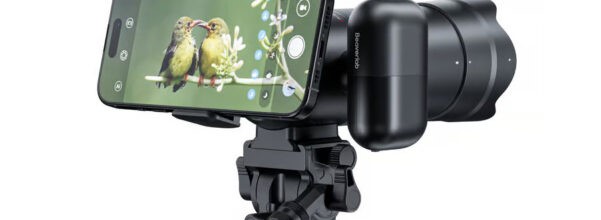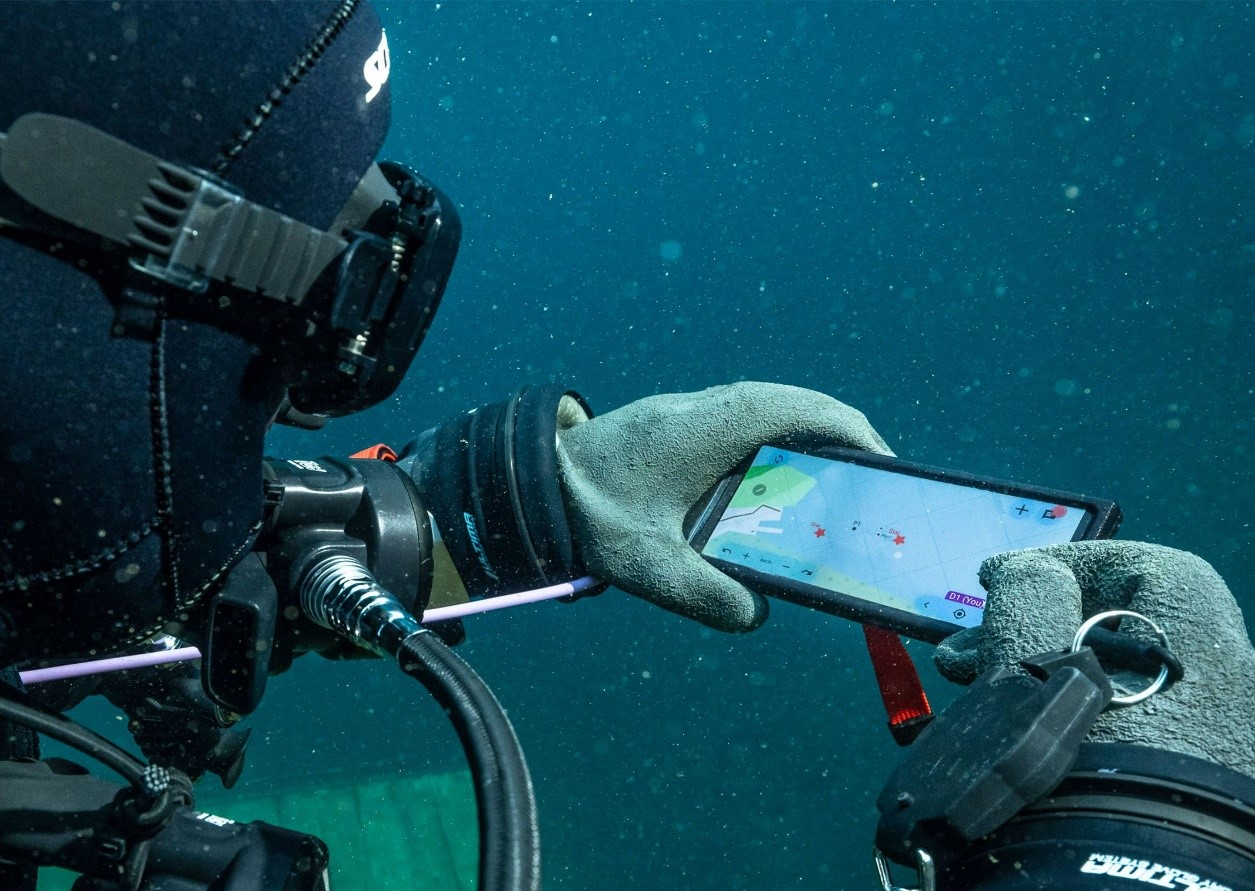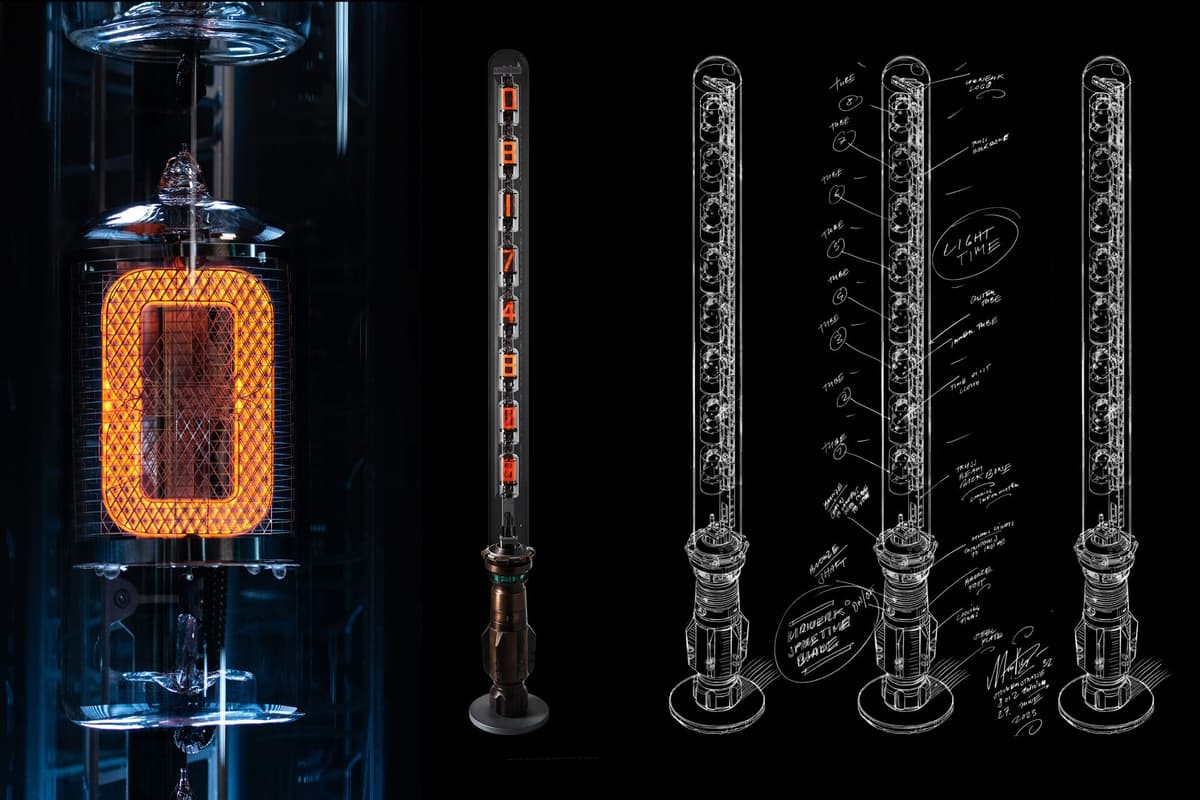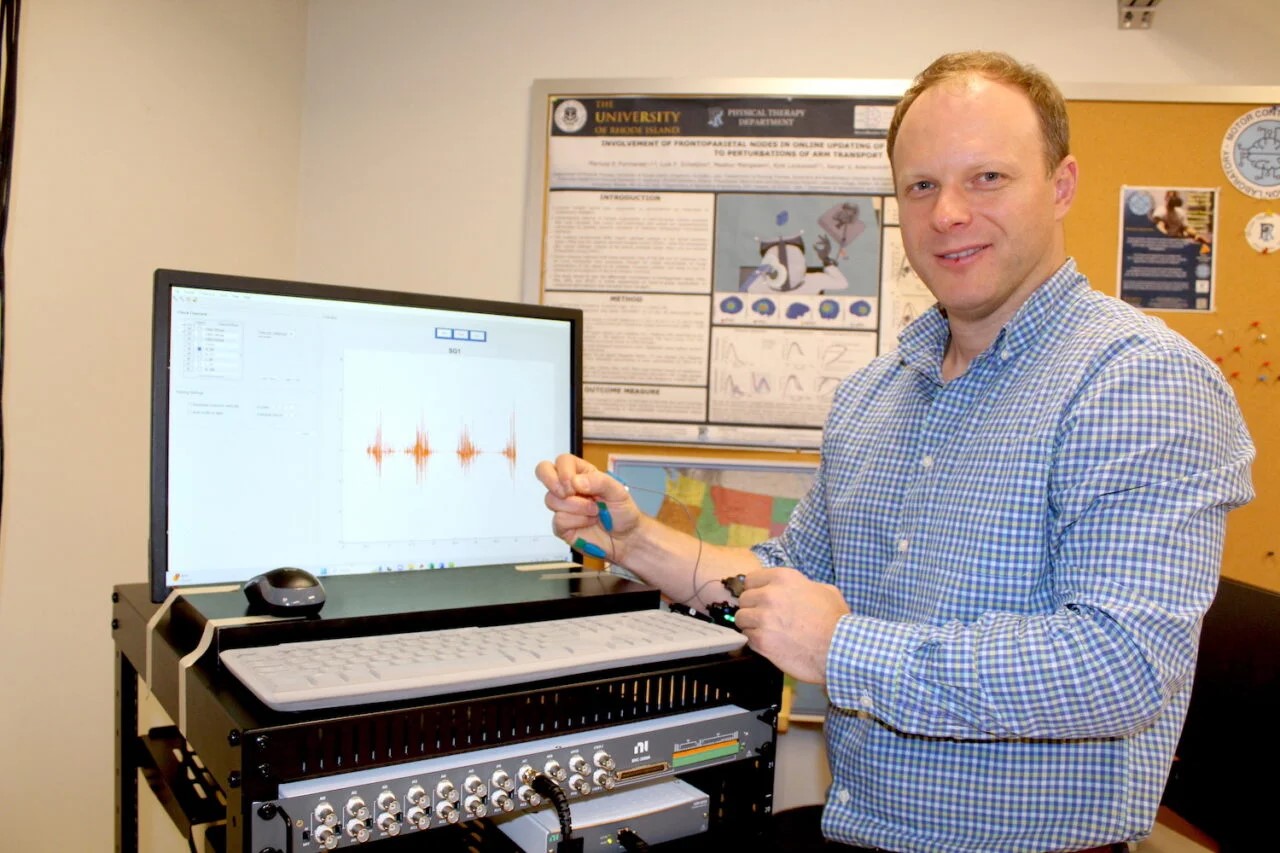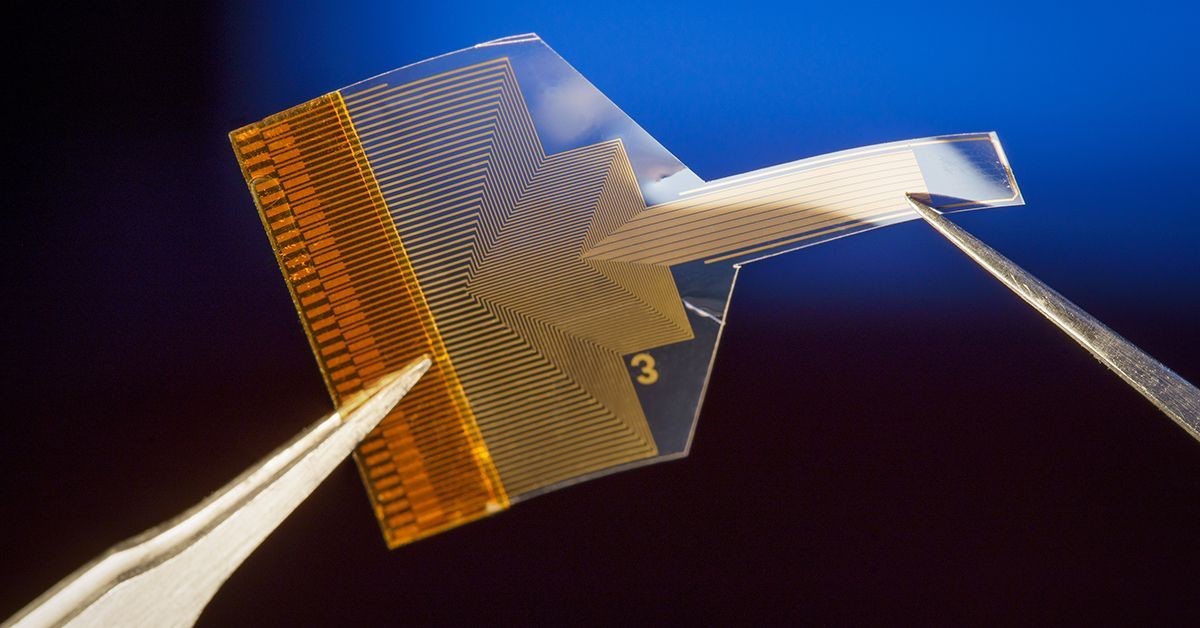Breath-Analysing Sensor Adjusts Illumination to Indicate Blood Oxygen Levels
A novel sensor may soon enable hospitals to assess patients' blood oxygen levels through their breath. This technology is purported to offer greater reliability and less discomfort compared to current traditional methods. The bloodstream transports vital oxygen to the organs and tissues across our body, sustaining life.[1]
Hence, inadequate oxygen levels in the blood can lead to significant harm to vital organs like the brain or heart, potentially leading to the patient's demise. Conversely, excessively high blood oxygen levels can also cause lung damage. Figure 1 shows the affordable device seamlessly interfaces with third-party breathing masks or ventilators.
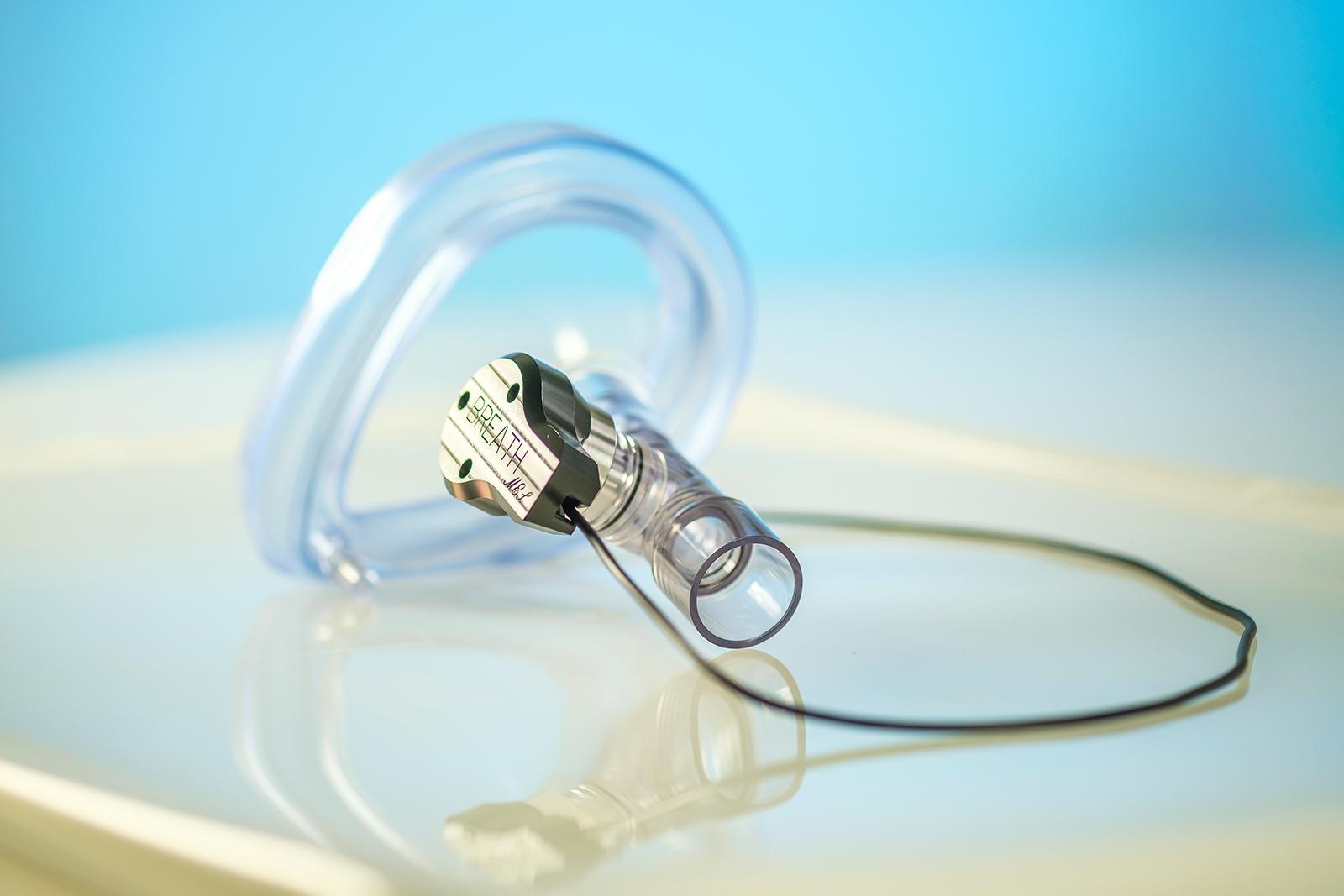
Figure 1. The affordable device seamlessly interfaces with third-party breathing masks or ventilators.
Considering these risks, doctors usually monitor the blood oxygen levels of critical patients using devices called pulse oximeters. These are attached to the fingertip, where they utilize light to gauge the current oxygen levels in the bloodstream.
Due to the fact that pulse oximeters are not entirely infallible, doctors may occasionally resort to drawing and examining blood samples. Although this method offers a more precise assessment of blood oxygen levels, it can also be uncomfortable and distressing for the patient. Furthermore, it does not offer real-time or continuous readings.[2]
Created by researchers at Germany's Fraunhofer Institute for Physical Measurement Techniques, this affordable device, measuring 26 millimetres in width, can be integrated into an existing breathing mask or ventilator tube using a T-connector.
The sensing component comprises an aluminium substrate coated with a fluorescent chemical compound called pyrene. When illuminated with short-wave light emitted by an integrated LED, the pyrene coating emits light at a specific intensity. However, when oxygen molecules from the patient's breath interact with the coating, this intensity diminishes. Consequently, the greater the concentration of oxygen molecules, the lower the emitted light intensity.
Hence, through analysing the current fluorescence intensity of the pyrene, it becomes feasible to continuously and precisely monitor the oxygen levels in the patient's breath. Importantly, it has been observed that the oxygen levels in the breath align with those in the bloodstream.
The scientists are currently assessing how the sensor responds to factors such as humidity, temperature, and the presence of other gases such as carbon dioxide.
Reference:
- https://newatlas.com/medical/blood-oxygen-sensor-breath/
- https://www.research-in-germany.org/idw-news/en_US/2024/5/2024-05-02_Sensor_measures_oxygen_content_of_breath.html
Cite this article:
Gokila G (2024), Breath-Analysing Sensor Adjusts Illumination to Indicate Blood Oxygen Levels, AnaTechMaz, pp. 250


